Hydrophobicity in gritty mix
penfold2
12 years ago
Related Stories

KITCHEN DESIGNNew This Week: 2 Kitchens That Show How to Mix Materials
See how these kitchens combine textures, colors and materials into a harmonious whole
Full Story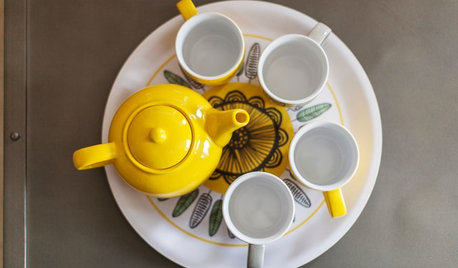
HOMES AROUND THE WORLDHouzz Tour: Gray and Yellow Mix It Up in a London Apartment
A neutral palette gets a jolt of energy from sunny accessories and witty artwork in this new unit in an industrial area
Full Story
LAUNDRY ROOMSSoak Up Ideas From 3 Smart Laundry Rooms
We look at the designers’ secrets, ‘uh-oh’ moments and nitty-gritty details of 3 great laundry rooms uploaded to Houzz this week
Full Story
FARM YOUR YARDHow to Grow Vegetables in Containers
Get glorious vegetables and fruits on your patio with a pro’s guidance — including his personal recipe for potting mix
Full Story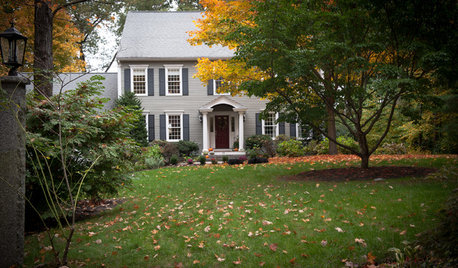
HOUZZ TOURSMy Houzz: Easygoing Elegance for a Massachusetts Saltbox
With beers on tap, a pizza oven and a guitar collection, this home mixes classic with generous doses of fun
Full Story
ROOM OF THE DAYRoom of the Day: Bedroom Takes a Creative Approach to A-Frame Design
Rather than fix the strange layout, this homeowner celebrated it by mixing the right materials and textures
Full Story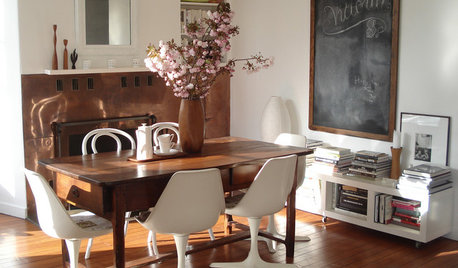
LIFEThe Wisdom of Kenny Rogers, for Declutterers
No need to gamble on paring-down strategies when the country music legend has already dealt out some winning advice
Full Story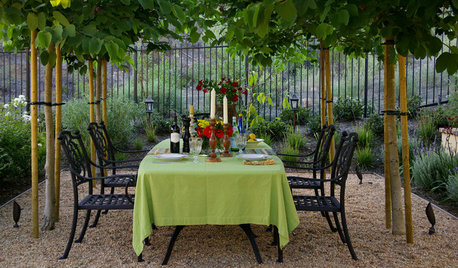
LANDSCAPE DESIGNEnjoy the Romance of Dining in a Classic Gravel Garden
Here’s what to consider when it comes to installing, styling and maintaining a DIY-friendly gravel patio
Full Story
LIFEHow Your Landscaping Can Keep Burglars Away
Prevent home break-ins with strategic landscaping and good practices instead of menacing — and maybe less effective — measures
Full Story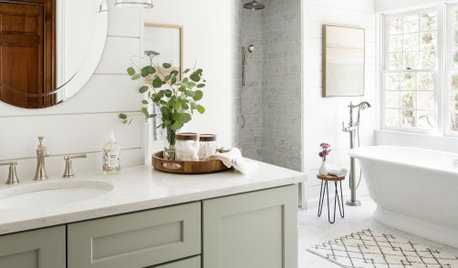
BATHROOM DESIGN14 Design Tips to Know Before Remodeling Your Bathroom
Learn a few tried and true design tricks to prevent headaches during your next bathroom project
Full StoryMore Discussions






Joe1980
penfold2Original Author
Related Professionals
Beavercreek Landscape Architects & Landscape Designers · West Chester Landscape Architects & Landscape Designers · Concord Landscape Contractors · Old Saybrook Landscape Contractors · Placerville Landscape Contractors · Siloam Springs Landscape Contractors · West Haverstraw Landscape Contractors · Reisterstown Landscape Contractors · Little Ferry Solar Energy Systems · Payson Solar Energy Systems · Madison Fence Contractors · Albany Fence Contractors · Bellevue Fence Contractors · Silver Spring Fence Contractors · Sunrise Manor Fence Contractorsgreenman28 NorCal 7b/8a
penfold2Original Author
tapla (mid-Michigan, USDA z5b-6a)
penfold2Original Author
dickiefickle
tapla (mid-Michigan, USDA z5b-6a)
penfold2Original Author
Joe1980
penfold2Original Author
jamiedolan
Joe1980
penfold2Original Author
cebury
Joe1980
cebury
Joe1980